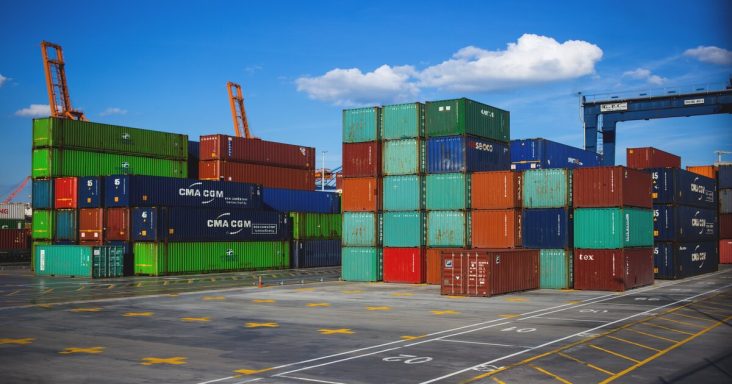Reports: Retailers were well stocked ahead of slowing imports
by November 9, 2022 11:20 am 592 views

According to the National Retail Federation, retailers have plenty of inventory this holiday season. That’s good because Tuesday’s (Nov. 8) Global Port Tracker report indicates that major container ports should continue to slow from record levels earlier this year.
“Cargo levels that historically peaked in the fall peaked in the spring this year as retailers concerned about port congestion, port and rail labor negotiations and other supply chain issues stocked up far in advance of the holidays,” NRF Vice President for Supply Chain and Customs Policy Jonathan Gold said. “With a rail strike possible this month, there are still challenges in the supply chain, but the majority of holiday merchandise is already on hand, and retailers are well prepared to meet demand.”
While consumers are still buying more, Hackett Associates Founder Ben Hackett said demand has fallen from peak consumption during the height of the pandemic.
“We expect the flattening of demand that began around the middle of this year to continue into the first half of 2023,” Hackett said. “This will depress the volume of imports, which has already declined in recent months. Carriers have begun to pull services and are looking at laying up ships.”
The U.S. ports covered in the Global Tracker report handled a record 2.4 million containers in May, but volume has declined at a steady pace since then, according to Hackett. Hackett reports that ports processed 2.03 million containers in September, the latest month for which final numbers are available, down 10.2% from August and down 4.9% from September 2021.
While the October numbers are not available, the Global Port Tracker projects 2.02 million containers moved through the major U.S. ports last month, which would be an 8.5% decline year over year. Hackett notes that November is forecast at 1.92 million containers, down 9.2% year over year and the lowest number since 1.87 million container units were reported in February 2021.
Global Tracker reports the first half of the year, 13.5 million containers came through major U.S. ports, up 5.5% from a year ago The forecast for the remainder of the year would bring the second half to 12.3 million container units, down 5.3% year over year. Global Tracker predicts 25.86 million containers for the full year, barely changing from last year’s annual record of 25.84 million units.
January 2023 is forecast at 1.98 million TEU (Twenty-food equivalent unit, standard size of cargo containers), down 8.4% from January 2022. February is forecast at 1.71 million TEU, down 19.1% from unusually high numbers last year, when backed-up cargo kept congested U.S. ports busy despite the annual Lunar New Year shutdown of Asian factories. With most congestion issues continuing to ease, the month is expected to be the slowest since 1.61 million TEU in June 2020. March is forecast at 1.99 million TEU, which would be an improvement from February but down 15.2% year-over-year.
The higher inventory levels are part of the reason the NRF forecasts 2022 holiday retail sales to grow between 6% and 8% from the same period last year. Those estimates are not adjusted for inflation. Wells Fargo Securities analysts expect retail sales to grow 2% to 3% when factoring in inflation.
